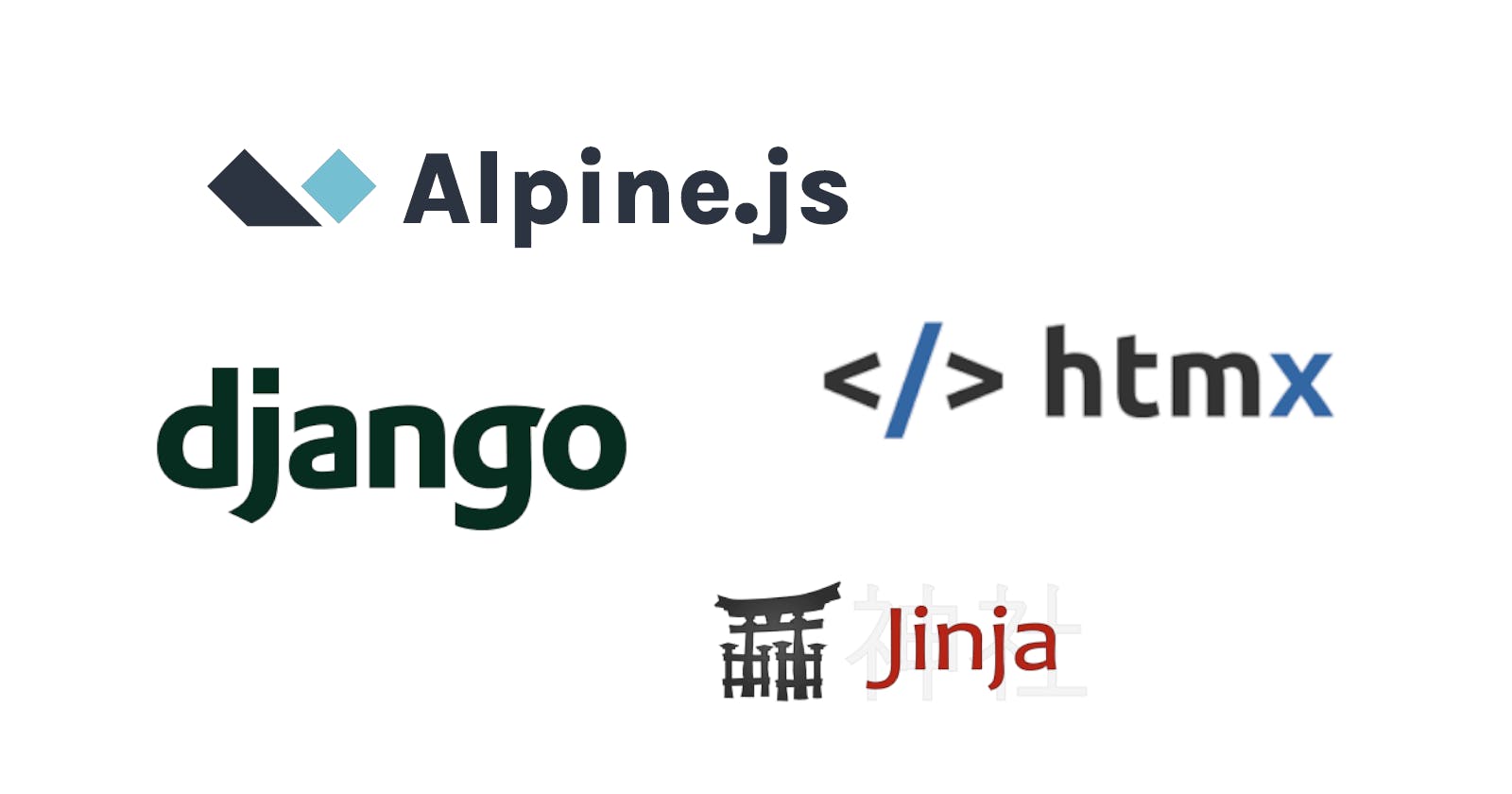Alpine.JS: A Lightweight JavaScript Framework That Packs a Mountain of Power
Discover the Alpine.JS framework, where simplicity meets versatility for an unparalleled web development experience.
Table of contents
Introduction
In the vast landscape of JavaScript frameworks, AlpineJS emerges as a shining star that blends simplicity, speed, and versatility. While bigger frameworks like React and VueJS have their place, AlpineJS offers a refreshing alternative for developers seeking a lightweight solution without compromising functionality. In this article, we'll dive into the world of AlpineJS, exploring its key features, comparing it to its larger counterparts, and highlighting how it can complement popular web frameworks like Django and Rails.
Simpler Explanation
Imagine you have a magic wand that can bring interactivity to your web pages with just a few lines of code. That's AlpineJS! It's like a mini JavaScript framework that adds superpowers to your HTML elements. With AlpineJS, you can easily toggle classes, handle events, show and hide elements, and even build dynamic components. It's JavaScript made simple, even for those who are new to the language.
Features
Declarative syntax for creating interactive UI elements.
Lightweight with a small footprint (less than 10KB).
No build step is required; it works directly in the browser.
Reactive data binding and computed properties.
Conditional rendering and looping over arrays.
Easy integration with existing projects.
Directly manipulates the DOM without a virtual DOM.
Extensible with custom directives.
Supports server-side rendering (SSR).
Emphasis on accessibility and progressive enhancement.
Comparison with Bigger Frameworks
| Feature | AlpineJS | React | VueJS |
| Bundle Size | <10KB | \>100KB | \>80KB |
| Learning Curve | Low | Moderate | Moderate |
| Render Performance | Excellent | Excellent | Good |
| Ecosystem | Growing | Mature | Mature |
| Virtual DOM | No | Yes | Yes |
| Server-Side | Yes | Yes | Yes |
Web Frameworks to Pair It With
AlpineJS pairs well with popular web frameworks like Django, Rails, and others. By combining AlpineJS with these frameworks, developers can harness the simplicity of AlpineJS for front-end interactivity while leveraging the robustness and scalability of the chosen backend framework. This allows for efficient development and seamless integration of dynamic UI components.
Side Kick to Htmx
AlpineJS often finds itself in the good company of Htmx, another lightweight JavaScript library. Htmx complements AlpineJS by providing seamless AJAX functionality, allowing developers to update parts of a web page without reloading the entire document. Together, AlpineJS and Htmx form a powerful duo, enabling developers to create highly interactive and responsive web applications with minimal effort.
Conclusion
AlpineJS is a breath of fresh air in the world of JavaScript frameworks, offering a lightweight, intuitive, and powerful solution for building interactive web pages. Its simplicity, paired with its robust feature set, makes it an ideal choice for developers looking to strike a balance between functionality and performance. Whether you're a beginner or a seasoned developer, AlpineJS opens up a world of possibilities and allows you to build amazing user experiences without the weight of a larger framework. Give AlpineJS a try, and let your web development journey reach new heights!

